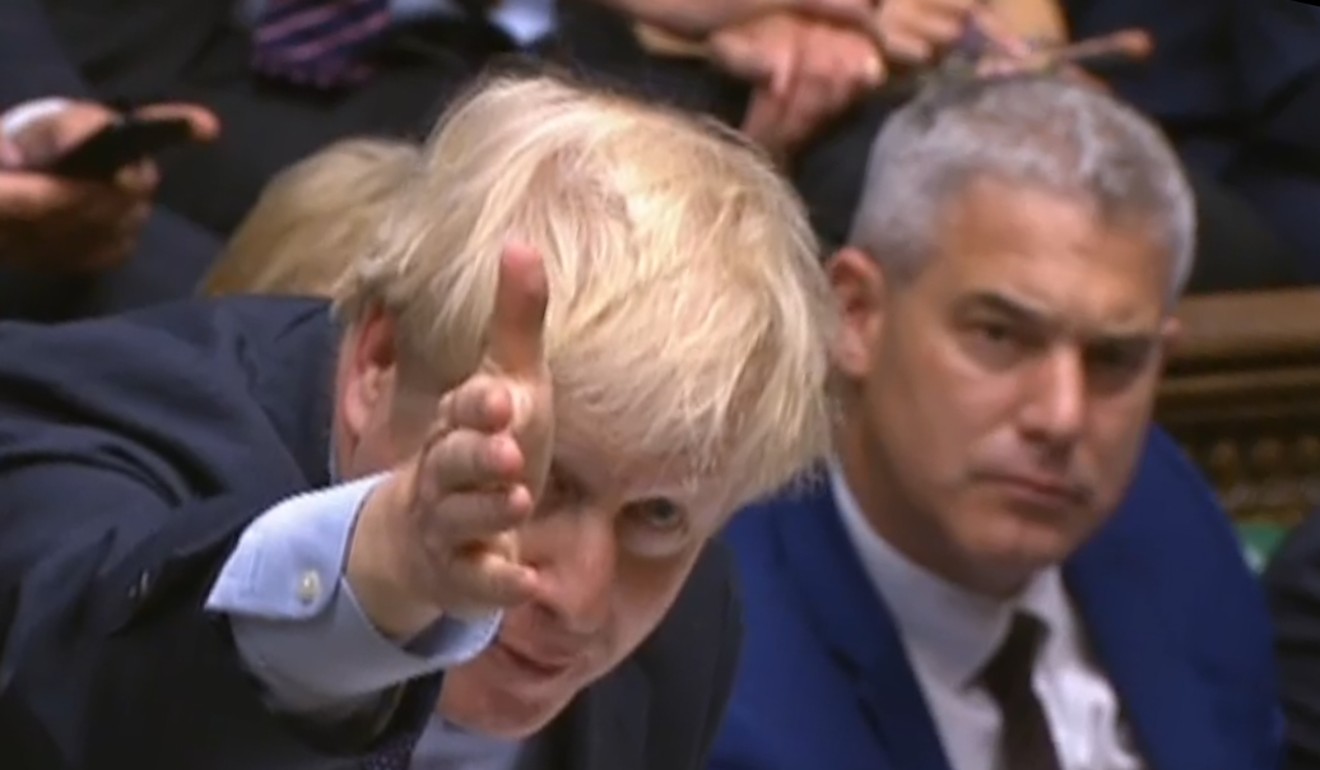
Uncertainties over US-China trade war, Brexit, Trump impeachment and a global recession leave investors deeply confused
- Stock markets continue to show signs of bullishness, yet bond markets are struggling and money is flowing into ‘safe haven’ assets. This shows how events weighing on confidence are of a political nature, pushing investors out of their comfort zone
Financial markets tend to oscillate between optimism and pessimism. But, for some time now, the dominant emotion has been confusion, and extreme confusion at that.
Ever since the dramatic sell-off in the final quarter of last year, in which the benchmark S&P 500 equity index fell 12.3 per cent, a widespread, and profound, sense of uncertainty has pervaded markets. The lack of confidence about the outlook for asset prices has given rise to movements and trends that appear at variance with each other.
On Monday, the S&P 500 surpassed the 3,000 mark for the first time since the gauge hit a record high at the end of July. The index has risen a massive 19.8 per cent so far this year, and currently stands a mere 0.7 per cent below its all-time high.
Indeed, global stocks in general have performed remarkably well this year, up 16 per cent. However, a significant portion of the gains are attributable to the fierce rally in American equities. The MSCI All Country World Index ex US, a gauge of stocks that excludes US shares, is up by a less impressive 11.3 per cent.
Signs of pessimism, on the other hand, are just as conspicuous, if not more. Data on investor positioning shows that money has been pouring into so-called “haven” assets at levels not seen since the global financial crisis.
According to Bloomberg, money market funds – cash-like instruments, which are the closest thing there is to a risk-free asset – have attracted more than US$320 billion of inflows over the past six months, the largest flight to safety since the second half of 2008.
Government debt markets, moreover, have turned increasingly gloomy, with the yield on the benchmark 10-year US Treasury bond plunging from 3.2 per cent last November to just 1.7 per cent, slightly above its record low set in July 2016. Its German counterpart, meanwhile, dipped back into negative territory in March and has remained there since.
Why investor optimism on Brexit and trade deals is premature
These seemingly contradictory signals in markets have been well documented in Bank of America Merrill Lynch’s monthly global fund manager survey.
In the most recent one, published last week, respondents still had a small overweight position in global equities – the technology-heavy US market was their most favoured region, followed by developing economies – despite the fact that nearly a third of those surveyed believed a global recession was likely to materialise in the next 12 months, the most bearish outlook since 2011.
Yet, on closer inspection, these disconnects in sentiment are, in fact, symptoms of uncertainty and indecision. Markets have never been more unsure about how the most important threats and vulnerabilities in the global economy are likely to play out in the coming months.
As I have argued previously, this stems from difficulties in assessing and pricing risks that are mainly political in nature, making them difficult to quantify. Not only are evaluations of politically driven risks subjective, there is often little consensus among investors, adding to the confusion in markets.
Why it’s OK to be cowardly when predicting 10-year Treasury yields
In the fund manager survey, 43 per cent of respondents believed the dispute had become the new normal and would not be resolved, a higher percentage than those who believed a resolution was likely before next year’s US presidential election.

The five mistakes Trump’s team keeps making in US-China trade talks
Still, uncertainty in markets has its redeeming features. The most important is that it forces traders to be more cautious, thereby reducing the scope for the kind of excesses that lead to financial crises. The fact that many investors are shunning so-called “risk assets”, and instead increasing their holdings of cash, even in the face of this year’s plunge in interest rates, is somewhat reassuring.
Yet, it is precisely when investors are flying blind that bets often go wrong. Excessive bullishness or bearishness can prove costly. Too much uncertainty, on the other hand, can be lethal.
Nicholas Spiro is a partner at Lauressa Advisory

